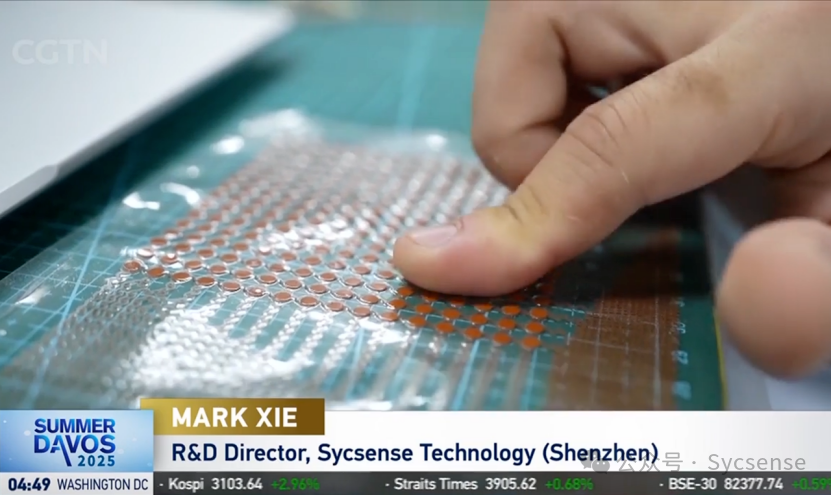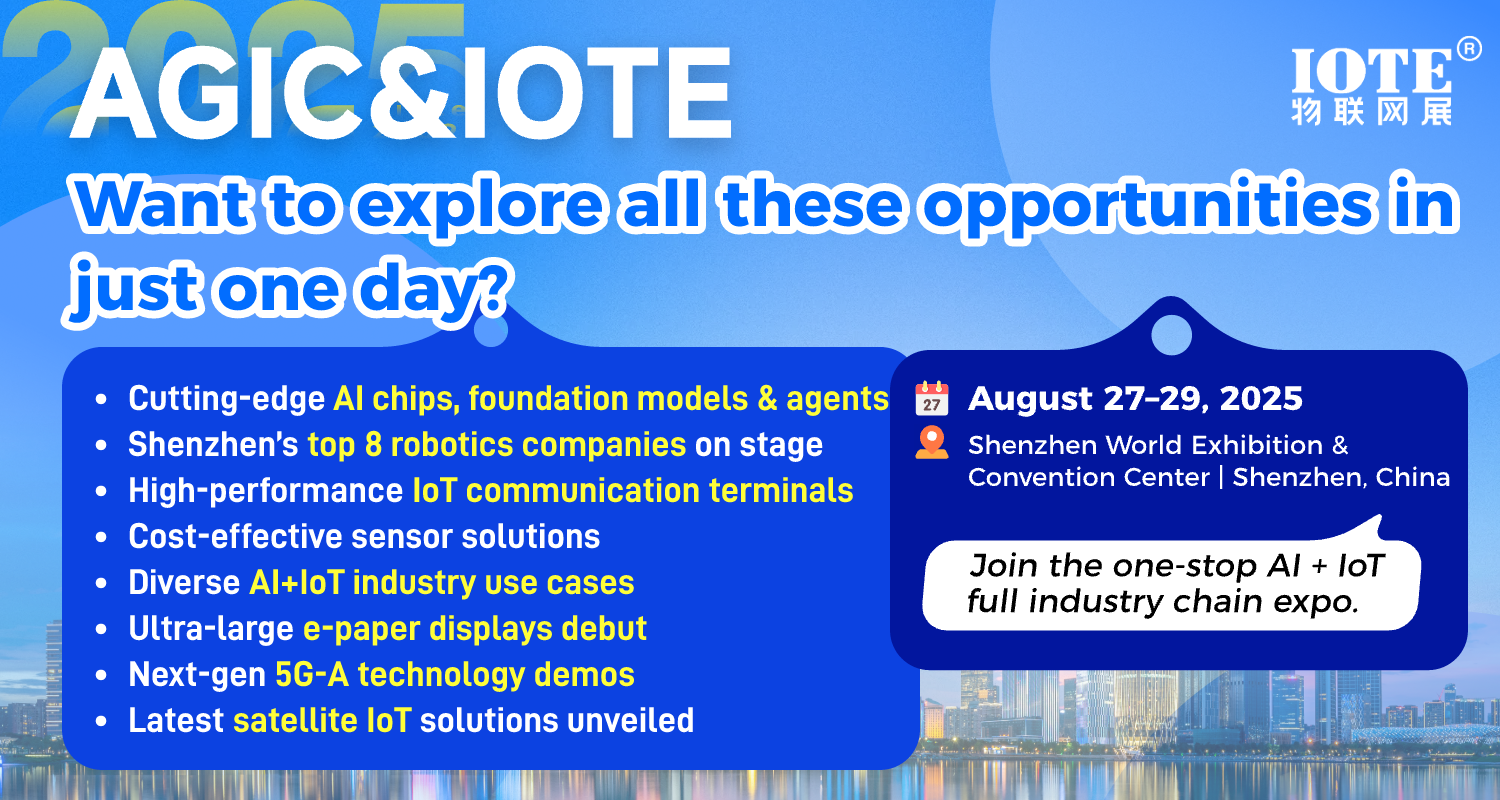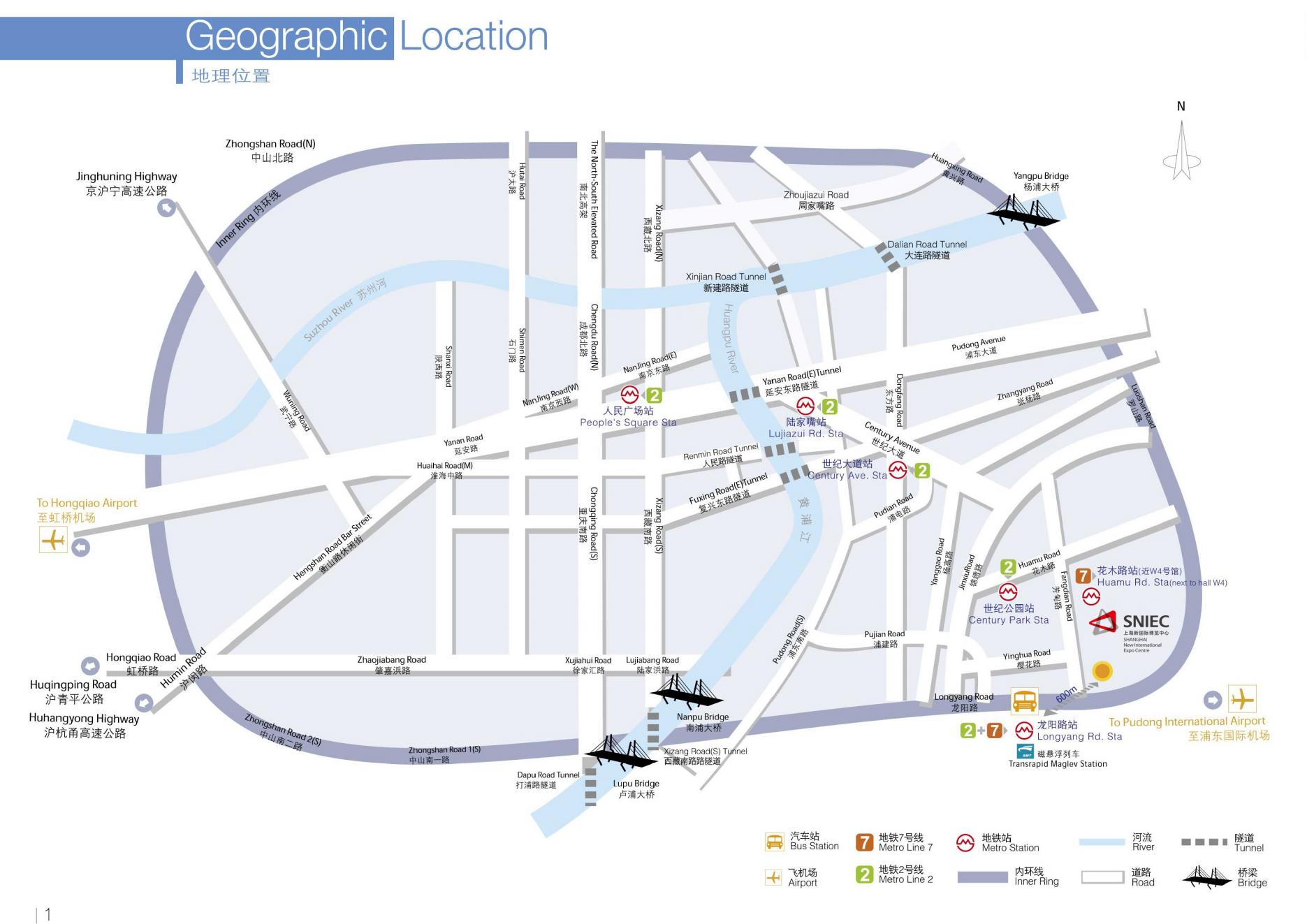According to recent news, Sycsense Technology (shenzhen) Co., Ltd. recently completed a Pre-A round of financing of tens of millions of yuan, led by China Merchants Venture Capital, followed by Amber Capital and industry partner Bojie Shares. This round of funds will be used for core technology investment, product development iteration and market application exploration.

About Sycsense Technology
Sycsense Technology was established in 2023 and is a high-tech enterprise focusing on the research and development of flexible smart sensors and electronic skins. Its technology comes from the Ultra-Flexible Electronics Laboratory of Southern University of Science and Technology. The company's core team is led by Professor Guo Chuanfei, a winner of the National Outstanding Youth Science Fund, and has brought together more than 20 doctors and postdoctoral fellows, with deep accumulation in the fields of flexible sensing, new materials and microstructures.
Pre-A round of financing completed (July 2025)
Sycsense Technology recently completed a Pre-A round of financing of tens of millions of yuan, led by China Merchants Venture Capital, followed by Amber Capital and Bojie Shares. The funds will be used for core technology research and development, product iteration and market expansion.
Investors believe that Saigan Technology's electronic skin technology has high barriers and is difficult to be replicated in the short term, and is expected to become an industry benchmark.
The world's first mass production line for off-electric flexible tactile sensors is put into production (2024)
The company has established production lines in Shenzhen and Guangzhou, and has achieved batch shipments, and its products have entered the supply chain of leading companies such as Anta.
What is the current status of flexible intelligent sensing?
As the core of a new generation of sensing technology, flexible intelligent sensing technology is reshaping the human-computer interaction and industrial manufacturing paradigm with its bionic, miniaturized, and intelligent characteristics. This technology achieves high-precision perception of multi-dimensional physical quantities such as pressure, temperature, and deformation through the innovation of flexible substrate materials and micro-nano electronic structures. Its flexibility can support millions of bends, and its sensitivity reaches 0.1 mm spatial resolution, which has broken through the application boundaries of traditional rigid sensors.
From the perspective of technological breakthroughs, the bionic three-dimensional electronic skin published by Zhang Yihui's team at Tsinghua University in Science simulates the dermis-subcutaneous tissue layered structure of human skin, realizes the synchronous decoupling perception of pressure, friction and strain, and provides a "tactile nerve" for the robot's dexterous operation.
The ionized flexible tactile sensor developed by Saigan Technology adopts a percolation conductive network design, which can still maintain a 3.5-gram pressure detection accuracy in an environment of -20℃ to 60℃. Its mass production line has achieved large-scale shipments, and the cost is 40% lower than that of imported products.
Market applications have shown explosive growth. In 2024, the scale of China's flexible sensor market will reach 2.76 billion yuan, and it is expected that the humanoid robot electronic skin market will exceed 9 billion yuan in 2030, with an annual compound growth rate of 64.3%.
It is reported that Hanwei Technology Group has built a production line with an annual output of tens of millions of flexible sensors. Its smart gloves can monitor finger grip in real time, and its smart insoles can accurately capture gait data. The products have entered the supply chain of more than 3,000 customers. In the medical field, Moxian Technology's smart mattress reduces the incidence of bedsores by 70% and the frequency of nurse inspections by 50% through a 2048-point dense sensor array.
The current localization rate continues to increase, but the high-end market is still monopolized by international giants such as Novasentis and Tekscan.
With the deep integration of AI algorithms and flexible sensors, this technology will create a market space of hundreds of billions in the fields of soft robots, smart medical care, consumer electronics, etc. in the next five years.
The "smile curve" feature is obvious from the perspective of supporting the industrial chain, and the high-end is subject to others
From the perspective of the industry, it can be said that the current intelligent sensor industry chain presents the characteristics of a "smile curve", that is, the upstream (materials/equipment) and downstream (brand/application) have high added value, the midstream (manufacturing/packaging) has relatively low added value, and the high-end links are subject to others.
Specifically, in the upstream, flexible substrate materials are mainly polymer materials. Domestic companies such as Fulai New Materials have achieved large-scale production and expanded to the field of electronic-grade functional materials; new conductive and sensitive materials such as nano silver wires and graphene promote the improvement of sensor sensitivity. Of course, high-end materials still rely on imports; the localization rate of manufacturing equipment such as lithography and etching is less than 30%, but companies such as China Micro have made breakthroughs in the field of etching equipment.
In the midstream manufacturing link, Newdi focuses on the research and development of flexible MEMS technology, and Titanium Deep Technology realizes commercialization with flexible off-electronic sensing technology as the core; System-level packaging (SiP) has become the mainstream in packaging technology, and domestic companies have reduced product size and power consumption, but high-end packaging is still dominated by international manufacturers.
The explosion of downstream application scenarios drives demand growth. The market size of smart wearable devices in the consumer electronics field will reach 93.47 billion yuan in 2023, and the demand for flexible sensors will account for more than 40%; the market for electronic skin in the medical and health field is expected to exceed 9 billion yuan in 2025, and Hanwei Technology's products have entered more than 3,000 medical institutions; the market for electronic skin of humanoid robots in the industrial and robotics field will reach 9 billion yuan in 2030, and Pasini's multi-dimensional tactile sensors have been applied.
Summary and key insights:
The "smile curve" has obvious characteristics: the added value of upstream (materials/equipment) and downstream (brand/application) is high, the added value of midstream (manufacturing/packaging) is relatively low, and the high-end links are controlled by others.
Bottlenecks of domestic "dual cards":
Upstream bottleneck: high-end new materials and core manufacturing equipment are heavily dependent on imports.
Midstream bottleneck: high-end system-level packaging technology is dominated by international manufacturers.
Differentiated competition in midstream technology: Domestic midstream manufacturing companies (NewDray, Titanium Deep, etc.) seek breakthroughs and commercialization through different technical routes (flexible MEMS vs. off-chip electronics) to avoid homogeneous competition.
Downstream demand is strong and diverse: Consumer electronics is the largest market at present, and medical health and industrial robots are the engines of high-speed growth in the future, and market data clearly confirms this.
Domestic companies are actively deploying: From cases such as Fulai New Materials (materials), China Micro (equipment), NewDray/Titanium Deep Technology (manufacturing), Hanwei Technology (medical applications), and Pasini (robot applications), it can be seen that domestic companies have representative players in all links of the industrial chain who are working hard to break through and expand.
It is expected that by 2030, the scale of China's flexible sensor market will exceed 9 billion yuan, and the localization rate will increase to more than 60%, forming an industrial cluster with international influence.
This paper is from Ulink Media, Shenzhen, China, the organizer of IOTE EXPO (IoT Expo in China)


















